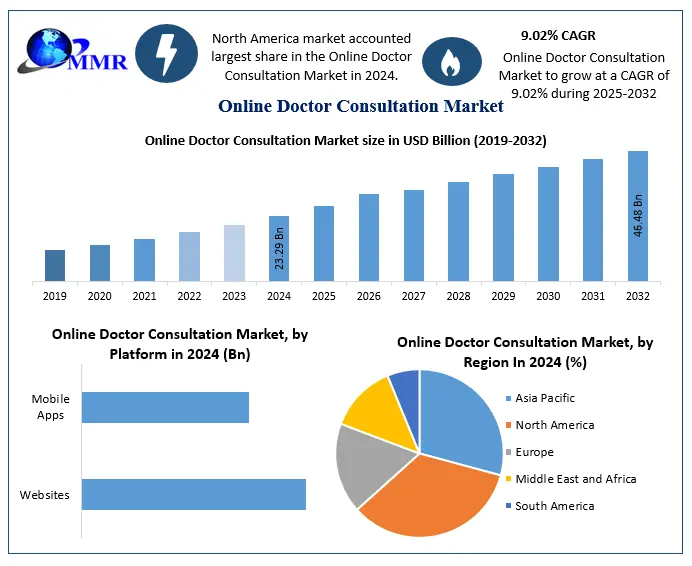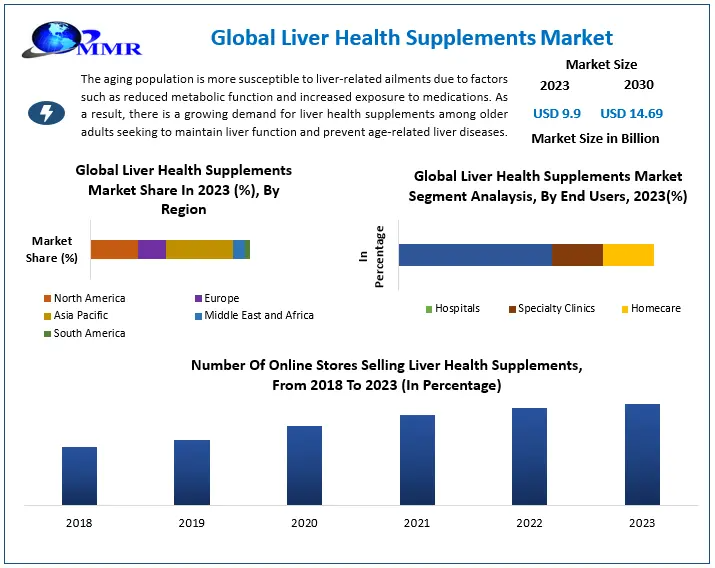DNA Polymerase Market Estimated at US $389.5 Million in 2023, Spurred by Rising Genomic Research and Diagnostic Needs
The DNA Polymerase Market valued at USD 389.5 million in 2023, is projected to reach USD 729.7 million by 2030—growing at a robust 9.3 % CAGR. Market drivers include surging investments in genomic research, personalized medicine, and PCR‑based diagnostics fueled by increasing incidences of genetic diseases and infectious outbreaks.
Market Growth Drivers & Opportunity
Continuous innovation in molecular biology methods—such as CRISPR/Cas9, next-generation sequencing (NGS), and high-fidelity PCR—has intensified demand for advanced DNA polymerases. Improvements in enzyme accuracy, speed, and inhibitor tolerance position the market for substantial expansion.
Diagnostic applications, particularly real-time PCR test kits for diseases like tuberculosis and COVID-19, have accelerated demand. Strategic R&D funding, especially from government bodies and biotech firms, offers a fertile environment for novel enzyme development. Moreover, the surge in personalized medicine—including gene therapy—opens new pipelines for enzyme usage, especially thermostable and proofreading polymerases. Automation and high-throughput technologies present further growth avenues, enabling cost-effective and scalable enzyme production and application.
Segmentation Analysis
The report categorizes the market by product type, end-user, and application:
-
Product Type: The market is divided between prokaryotic DNA polymerases (e.g., Taq, Pfu) and eukaryotic polymerases, offering diverse function and fidelity profiles. Prokaryotic enzymes dominate standard PCR and cloning, while high-fidelity eukaryotic variants are preferred for precision applications.
-
End‑User: Key segments include pharmaceutical and biotechnology companies, academic and research institutions, diagnostic centres, and a general others category. Pharma and biotech entities maintain dominance due to large-scale enzyme integration into drug discovery and development pipelines. Academic labs drive demand in methodological research and training, while diagnostic labs are fast becoming high-volume consumers, particularly for PCR-based disease detection.
-
Application: Divided into DNA cloning, SNP analysis, next-generation sequencing, and other applications, the market sees DNA cloning and NGS leading revenue due to their high and growing usage. SNP analysis sees a steady rise tied to large-scale genomic screenings, while ancillary uses include forensic testing, environmental monitoring, and synthetic biology.
Inquire for More Details:https://www.maximizemarketresearch.com/request-sample/187708/
Country-Level Analysis
United States
North America leads the global market thanks to the U.S.’s robust R&D infrastructure, extensive clinical diagnostics adoption, and presence of major DNA polymerase producers. Pharma giants, leading genomics centers, and numerous clinical labs underpin sustained enzyme demand.
Germany
Germany is a European powerhouse in biotechnology and precision medicine. High public and private R&D expenditure, combined with a large diagnostics sector, fuels polymerase demand. Its regulatory support and biotech cooperation strengthen its market position.
China
China represents the fastest-growing market in Asia-Pacific, driven by national genomics initiatives, expanded diagnostic infrastructure, and rising local enzyme production. Cost-effective implementation of NGS and PCR in public health further propels growth.
United Kingdom
The UK leverages post-Brexit investments in life sciences and personalized medicine. Expansion in molecular diagnostics and academic institutions enhances demand. Collaboration between the NHS and biotech firms drives enzyme procurement in clinical settings.
Japan
Japan’s aging population and healthcare modernization programs prioritize genetic diagnostics and novel therapies. Government support in biotech R&D and public–private initiatives yield strong DNA polymerase adoption across diagnostics and pharmaceutical development.
Competitive Analysis
The report highlights the following top players:
1. Thermo Fisher Scientific, Inc.
As the market leader, Thermo Fisher recently introduced Platinum SuperFi DNA Polymerase, featuring ultra‑high fidelity and robust performance in long-range PCR, supporting its continued innovation-led dominance.
2. Promega Corporation
Promega expanded its global reach via a distribution partnership in South Korea with Syntek Technologies. The move strengthens its presence in Asia and boosts market share through broader access to its enzyme portfolio.
3. New England Biolabs, Inc.
NEB launched Luna Probe One‑Step RT-qPCR 4X Mix, targeting rapid and accurate RNA detection. The release underscores their leadership in reliable, high-throughput qPCR reagents.
4. Qiagen N.V.
Qiagen continues to refine its PCR and sequencing enzyme suite and recently secured regulatory approvals in key markets for new diagnostic kits that include proprietary polymerases—enhancing credibility in clinical testing segments.
5. F. Hoffmann‑La Roche Ltd.
Through its Diagnostics division, Roche expanded assay lines using high-performance DNA polymerases and integrated them into its automated cobas® systems, improving PCR test accuracy and throughput.
Additional key players featuring strong market presence include:
-
Merck KGaA – with continuous enzyme enhancements for biotech innovation.
-
Agilent Technologies – focusing on tools and reagents for genomic applications.
-
Bio‑Rad Laboratories – advancing PCR systems and enzyme blends.
-
Illumina – though genomics-focused, its sequencing systems rely heavily on robust polymerases.
-
Takara Bio Inc. – known for innovation in high-fidelity and hot-start polymerases.
Overall, competitive strategies lean heavily on product innovation, global partnerships, regulatory compliance, and integration into automated labs. Mergers and acquisitions also accelerate market positioning, as larger players assimilate niche innovators.
Conclusion
The DNA polymerase market is entering a transformative period defined by accelerated growth in genomic research, diagnostics, and personalized medicine. With a compound annual growth rate of 9.3 %, the market is poised to nearly double by 2030. Drivers such as technological innovation, diagnostic expansion, and sustained R&D investment offer a broad horizon for value creation.
Segmentation reveals dynamic opportunities—from prokaryotic and eukaryotic enzyme usage to expanding end-user categories and applications. Regionally, the U.S., Germany, China, UK, and Japan lead the charge, supported by strong infrastructure, policy initiatives, and clinical adoption. Key market participants—Thermo Fisher Scientific, Promega, New England Biolabs, Qiagen, and Roche—are intensifying competition through product launches, partnerships, and market expansion.



